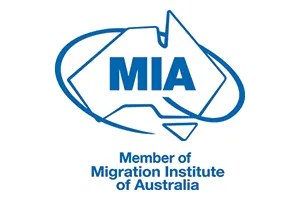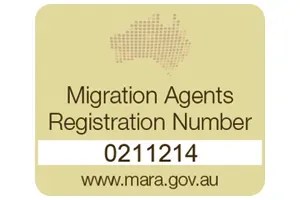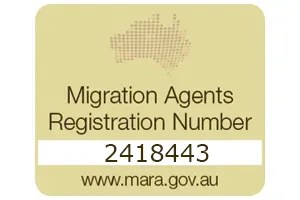The impact of COVID on Australia’s Migration Programme
COVID and Australia’s Migration Programme
The Department of Home Affairs has produced a fact sheet which provides new information on the impact of COVID on Australia’s Migration Programme for 2020-21.
The fact sheet addresses questions around how COVID will shape Australia’s Migration Programme, and what the Government is doing to ensure the visa system supports economic recovery post-COVID.
COVID and Migration Policy
The Department emphasises that migration policy must protect Australians’ best interests, ensuring there are job opportunities for locals. Unsurprisingly, Australia’s unemployment rate has risen during the COVID pandemic. Consequently, there is pressure on the Government to tackle Australian unemployment first, before allowing migrants to come to Australia. It is crucial that everyone has access to the jobs and support they need in Australia.
However, the fact sheet also recognises that skilled migrants will play a big part in Australia’s economic and health recovery. Support for critical industries such as health and food production are expected to drive skilled visa invitations.
State and Territory Nominations
The Department confirms that State and Territory nominated visas will continue to be a part of the Migration Programme. This means invitations for skilled visas (subclass’ 190 and 491) can continue to be issued in line with states’ economic shortages.
The Department will “take into consideration the economic conditions in Australia, future skill needs, changes in the labour market and the population objectives of states and territories.” (The Department of Home Affairs 2020).
Visa Allocations
Until otherwise advised, the existing 2019-20 Migration Programme settings will remain in place. Consequently, the 2020-21 planning ceiling will be retained at 160,000 places for the migration year.
This includes:
- 108,682 places for the Skilled stream
- 47,732 places for the Family stream
- 236 places for the Special Eligibility stream
- 3,350 places for Child visas
Given these allocations, we anticipate visa processing times will remain lengthy, as more people apply than there are spaces. You can refer to the Department website for monthly updated visa processing times.
Arrange a consultation to seek professional visa advice.


 Photo by Fidel Fernando on Unsplash
Photo by Fidel Fernando on Unsplash











